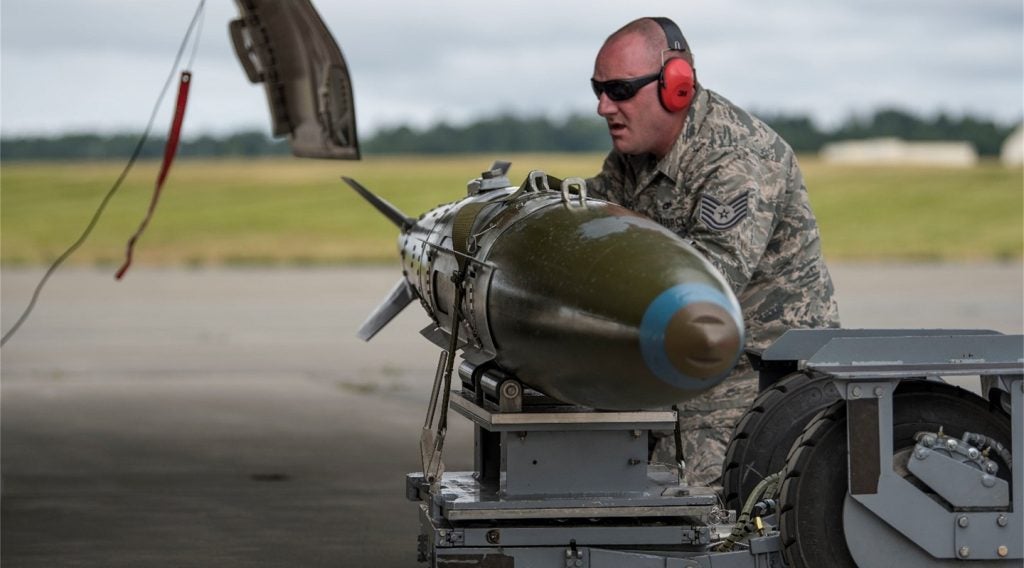The US Air Force’s (USAF) first GPS III Space Vehicle (GPS III SV01) has successfully communicated with the next-generation operational control system (OCX).
The successful establishment of remote connectivity paves the way for the launch of Lockheed Martin-built GPS III SV01, which completed Factory Mission Readiness Testing (FMRT) with OCX in November.
During FMRT, command and control interaction between GPS III and the OCX’s launch and checkout system (LCS) was validated through a simulated full launch and early-orbit mission event sequence.
The demonstration involved sending command signals from the latest OCX LCS software installed at Lockheed Martin’s Launch and Check Out Capability node in Denver to Schriever Air Force Base in Colorado Springs, Colorado, US.
The commands were then sent back to the GPS III SV01 satellite.
Lockheed Martin Navigation Systems vice-president Mark Stewart said: “During FMRT, GPS III SV01 received and successfully processed OCX commands that are routinely sent during launch, transfer orbit manoeuvres, deployments, and payload initialisation.
How well do you really know your competitors?
Access the most comprehensive Company Profiles on the market, powered by GlobalData. Save hours of research. Gain competitive edge.

Thank you!
Your download email will arrive shortly
Not ready to buy yet? Download a free sample
We are confident about the unique quality of our Company Profiles. However, we want you to make the most beneficial decision for your business, so we offer a free sample that you can download by submitting the below form
By GlobalData“We thoroughly tested the first GPS III satellite just like we are going to fly it in 2018.”
Lockheed Martin will produce a total of ten GPS III satellites as part of the airforce’s modernised Global Positioning System programme.
The GPS III satellites are said to have three times better accuracy and up to eight times improved anti-jamming capabilities.
The OCX has been designed to control signals, provide protection against evolving cyber threats, and reduce operation and sustainment costs through efficient software architecture, automation, and performance-based logistics.







